
Intoxication: Artistic Fame and the Magnetic Persona
 4 min
4 min
Intoxication: Artistic Fame and the Magnetic Persona
Intoxication: Artistic Fame and the Magnetic Persona
By Claudia Moscovici
No matter what they may say, few artists create art only for themselves. Just as few writers write only for themselves (unless they’re only writing in a journal, and even then, they may do it with an eye for posterity). Most artists aspire to share their art with others. Many want that elusive concept of “fame”. Artistic fame means being valued in their own lifetime as well as leaving a significant trace of their art for posterity. This, of course, implies canonization: making their name–and style(s)–common currency not only for their own times, but for future generations as well.
Immanuel Kant gave us three standards for great art that stands the test of time: 1) originality (the first of its kind in a certain style), 2) exemplarity (others will want to imitate that style) and 3) inimitability (the art is so unique that others won’t really be able to imitate it, just as there are many Impressionist painters but only one Monet or Renoir). If we examine, however, the manner in which art is consecrated in reality, we see at work the processes described by the sociologist of art Pierre Bourdieu. Art is what artists, critics, museum curators and collectors deem it to be. In my estimation, both philosophers are partly right: art is what those in “the field of cultural production,” to use Bourdieu’s term, say it is; however, what they perceive as “art” has a lot to do with Kant’s three criteria for aesthetic value.
Perhaps even more so, art has to do with the magnetic persona of the artist. To offer a notable example, Pablo Picasso not only reinvented his art in radically new style during each of his periods–ranging from the relative realism of his blue period to his Cubism, to his collage art–but also shaped public opinion, juggled and manipulated art dealers and defined international art. He commanded attention to his art largely thanks to his greater-than-life persona. Similarly, Salvador Dali, though one of the founders of Surrealism and an artist of immense talent, generated publicity for his art via antics that weren’t completely random. For example, to underscore the lobster motif of his art, he gave a talk in New York with his foot in a bucket and a lobster on his head.
In our times, I believe that Damien Hirst is the artist who manages to draw the public most effectively, not only through his sometimes shockingly original and diverse art–the pickled sharks, dissected cows, diamond-studded skulls and collections of diamond-clustered butterflies–but also through the way he presents himself to the media: through his dramatic persona. Artistic magnetism goes beyond mere shock value or even publicity stunts. It’s perhaps best described by Friedrich Nietzsche when he urges every person to live his or her life as a work of art. Few artists–let alone people in general–succeed in doing that. Because, as Nietzsche also states, “For art to exist, for any sort of aesthetic activity to exist, a certain physiological precondition is indispensable: intoxication.” Artistic fame happens when both the artist and his art are able to intoxicate us.









 English
English
 Français
Français
 Deutsch
Deutsch
 Italiano
Italiano
 Español
Español

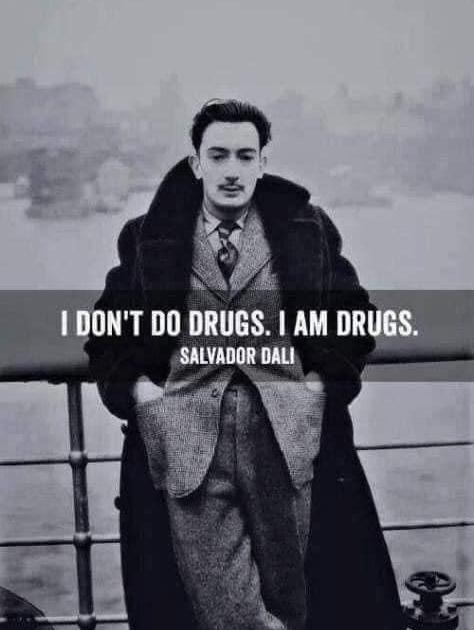

 Contribuer
Contribuer
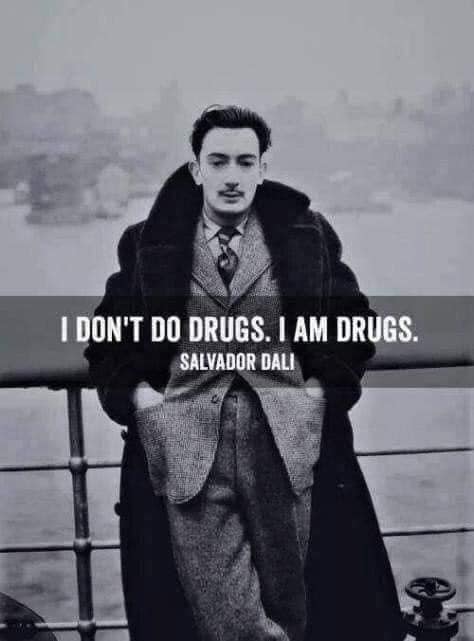



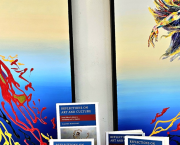

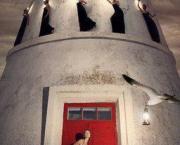
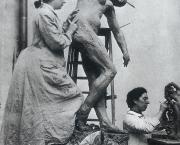
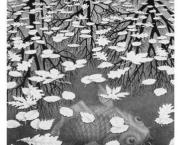



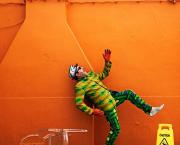

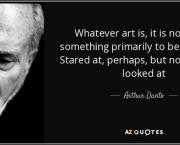







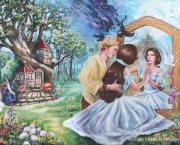


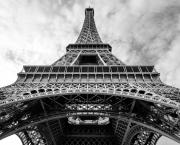
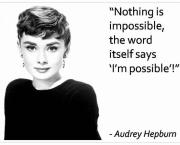

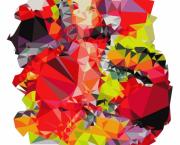
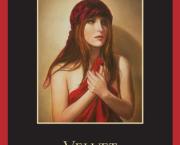




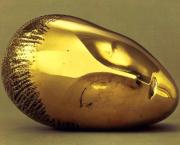
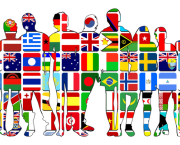
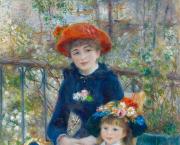



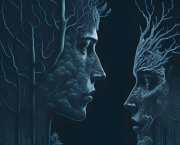





 Tu peux soutenir les auteurs qui te tiennent à coeur
Tu peux soutenir les auteurs qui te tiennent à coeur





